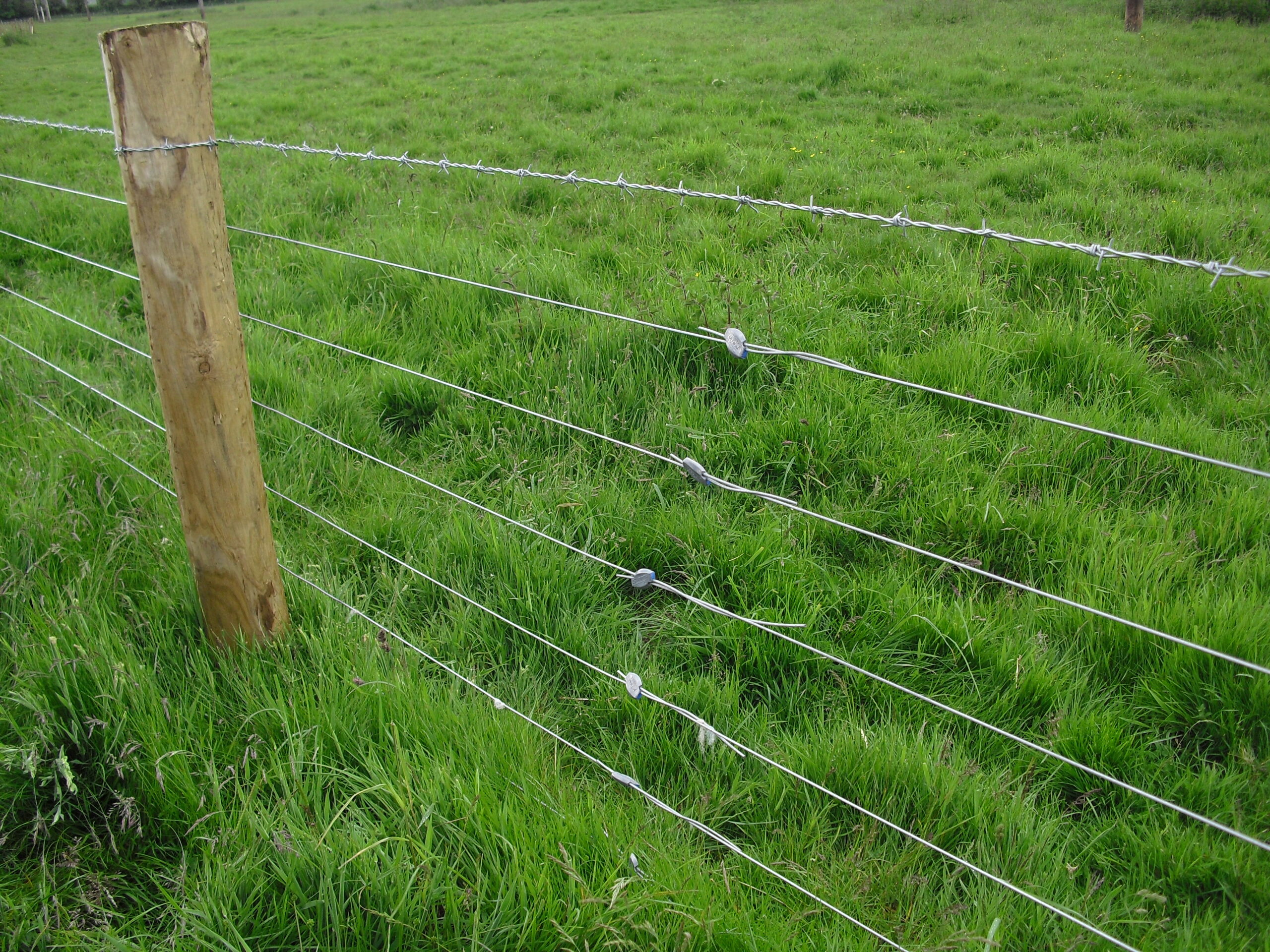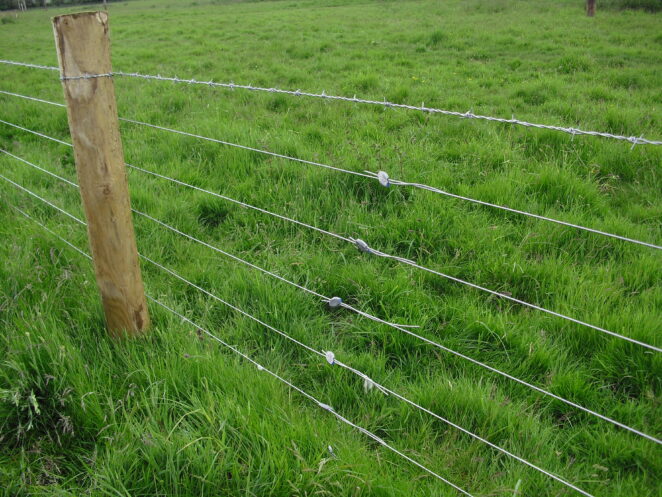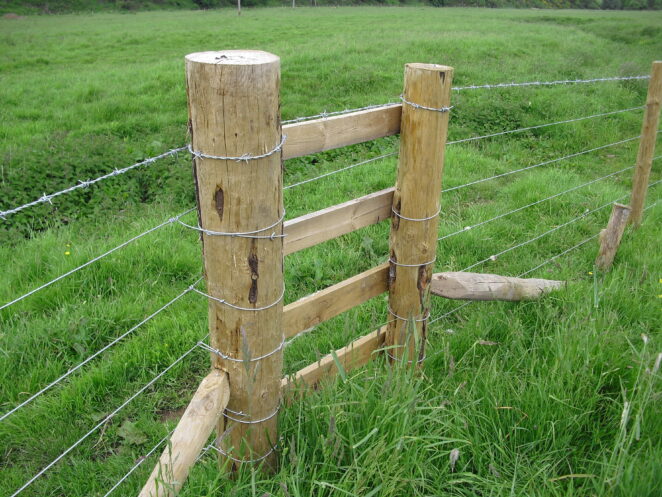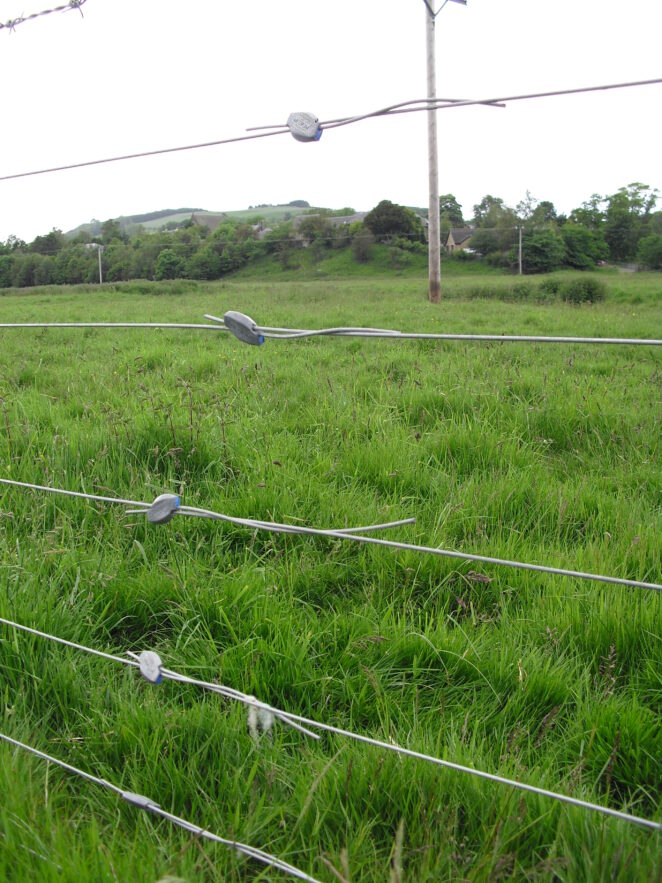Floodplain Fencing Specification


Fencing on a floodplain carries risk of damage, repair costs and total loss of fence lines as a result of flood events. These issues can be minimised through enhanced specification.
The fencing of watercourses is beneficial on many sites for a number of reasons:
- To facilitate planting of the riparian corridor and/or to increase the vegetation cover
- To improve the river habitat through reduction of siltation and agricultural diffuse pollution risk
- To improve the habitat and biodiversity value of the riverbank
- To assist agricultural management of the land
By thinking carefully about fencing on floodplain land, the risks can be reduced and managed. The initial cost of floodplain specification fencing is higher than that for ‘standard’ fencing work, due to the heavier specification materials and additional labour costs involved.
It is important to compare this against the reduced longer term requirement and cost of repeated repair and replacement of fences. How do the costs stack up over the projected lifetime of a ‘normal’ riparian fence?
Floodplain Fencing Specification
- Locate fences at least 1.5m away from the bank top to allow for riverbank re-growth
- Strainers – minimum specification of 2.3m length with a 18cm diameter
- Maximum spacing of 50m between strainers on a high flood risk site; 50-100m in medium to low risk sites
- Posts – minimum specification of 1.7m length with a 9cm diameter
- Maximum spacing of 4-5m in high to medium flood risk situations; 5-6m spacing on lower risk sites
- All posts and strainers should be driven in to full depth – at least 1m for strainers and 80cm minimum for posts.

Floodplain fencing Do’s and Don’ts
Do…
- Choose the most suitable line, as far back from the actual river bank as possible; parallel to river flow and make use of higher ridges of ground wherever possible
- Use good quality fencing materials (including appropriately treated timber), and suitably skilled persons to erect the fence.
- Use plain wires, preferable high-tensile for strength and durability.
- Erect the fence in short discrete sections (20-75cm lengths), with the break points railed up.
- Include plenty of re-tension points within the fence-line to facilitate re-tightening of wires within sections.
- Include additional gripples on wires within sections to act as additional break points.
- Position the break points within the fence-line at those points identified as being the most vulnerable to flood damage
- Check the fence thoroughly after each flood event to make any adjustments and repairs necessary
- Use a “running fit” approach where staples are not driven all the way into the posts (not including strainers), to allow some ‘give’ in the wires to support the weight of flood debris
- Keep the bottom wire high at known high risk sections – fill in below with rails or a small hinged Watergate.
Do not…
- Erect permanent fences unless necessary. Consider whether an electric/temporary fence would be sufficient – this decision may depend on whether a mains electric connection would be feasible, and whether there is management capacity to check the connection regularly etc.
- Fence immediately adjacent to the watercourse, or on unstable riverbanks.
- Use sheep netting or similar – this increases the chances of debris becoming caught up in the fence during flood events, therefore increasing risk of damage and loss.
- Fence across the line of the flow unless totally unavoidable; where this is unavoidable, use a detachable water gate approach – chained at one end and tied at the other as a quick-release system
- Fence in one continuous line – although this is preferable from a fencing contractor perspective, this means that if the fence becomes damaged by floods, the whole length, or a significant, becomes damaged and torn out.
- Over fence! Think about the lines that are needed and most efficient within a floodplain environment and remove redundant fences.
- Wire or staple to natural features such as trees on the floodplain.
- Cut post tops – this allows water to penetrate and reduces the lifespan of the posts.



(0) Comments
There is no content